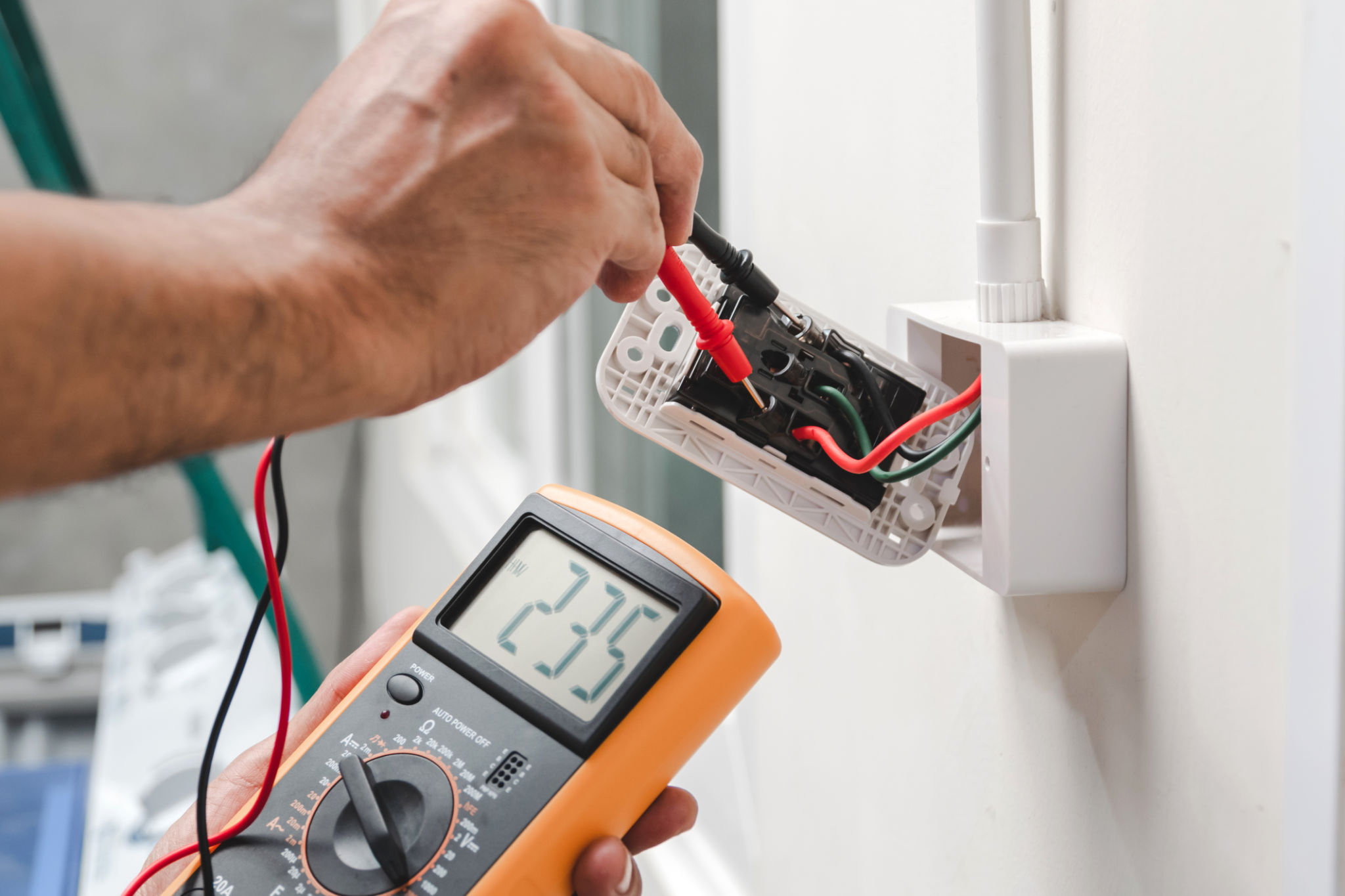How to Troubleshoot Common Electrical Issues at Home
Identifying the Problem
When you encounter an electrical issue at home, the first step is to accurately identify the problem. Common electrical issues include flickering lights, outlets not working, or frequent circuit breaker trips. Begin by observing the symptoms and noting when and where they occur. This information can help pinpoint the underlying issue and guide your troubleshooting efforts.
Many electrical problems can be traced back to simple causes, such as a burnt-out light bulb or a tripped circuit breaker. However, more complex issues may require a deeper investigation. Understanding the scope of the problem is crucial before attempting any repairs.

Checking Circuit Breakers and Fuses
Circuit breakers and fuses are designed to protect your home from electrical overloads. If you experience a sudden loss of power in a specific area, it's a good idea to check your circuit breaker panel. Look for any switches that are in the "off" position or halfway between "on" and "off." To reset, simply switch the breaker fully to "off" and then back to "on."
If your home uses fuses instead of circuit breakers, examine each fuse for signs of a blown fuse, such as a broken metal strip or a cloudy appearance. Replace any blown fuses with new ones of the same amperage. Always ensure you have spare fuses on hand to quickly address issues as they arise.

Inspecting Outlets and Switches
If an outlet or switch isn’t working, start by checking for any loose connections. Turn off the power to the circuit and remove the outlet or switch cover to inspect the wiring. Make sure all wires are securely connected and that there are no signs of damage, such as fraying or burning.
Use a voltage tester to ensure that power is running to the outlet or switch. If no power is detected, the issue may lie further back in the circuit. In such cases, tracing the circuit back to the breaker box can help locate the problem area.
Addressing Flickering Lights
Flickering lights can be both annoying and a sign of a more serious electrical problem. Start by ensuring that the light bulb is screwed in tightly. If the issue persists, try replacing the bulb with a new one. Loose or faulty wiring within the light fixture or switch can also cause flickering.

If multiple lights are flickering, it could indicate an issue with the circuit or even the main electrical service. In such cases, it's best to consult with a professional electrician to prevent potential safety hazards.
Resolving Overloaded Circuits
An overloaded circuit occurs when too many devices are plugged into one circuit, exceeding its capacity. This can lead to frequent tripping of circuit breakers. To resolve this, redistribute electrical devices across different circuits. Unplug devices that are not in use and avoid using high-wattage appliances simultaneously on the same circuit.
Consider installing additional circuits if certain areas of your home frequently experience overloads. This can be a more permanent solution to prevent future issues.

When to Call a Professional
While many common electrical issues can be addressed with basic troubleshooting, some problems require professional assistance. If you encounter persistent issues, burning smells, or signs of electrical arcing, it's crucial to contact a licensed electrician immediately.
Dealing with electrical systems can be dangerous without proper knowledge and tools. Prioritizing safety should always be your first concern when troubleshooting electrical issues at home.
By following these steps and keeping safety in mind, you can effectively troubleshoot and resolve many common electrical problems in your home. Regular maintenance and timely repairs will help ensure a safe and efficient electrical system.
